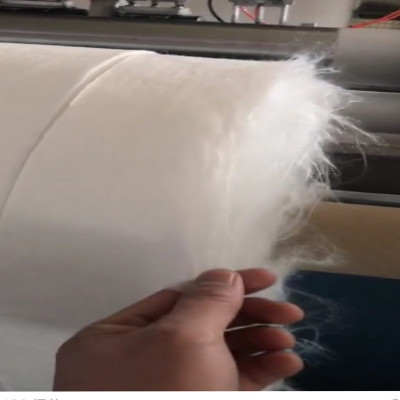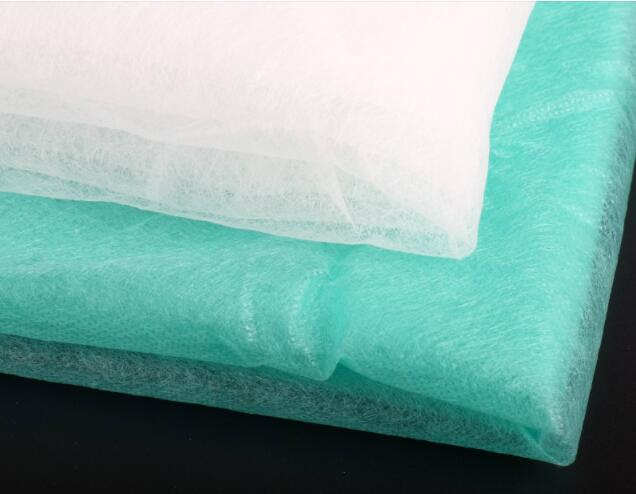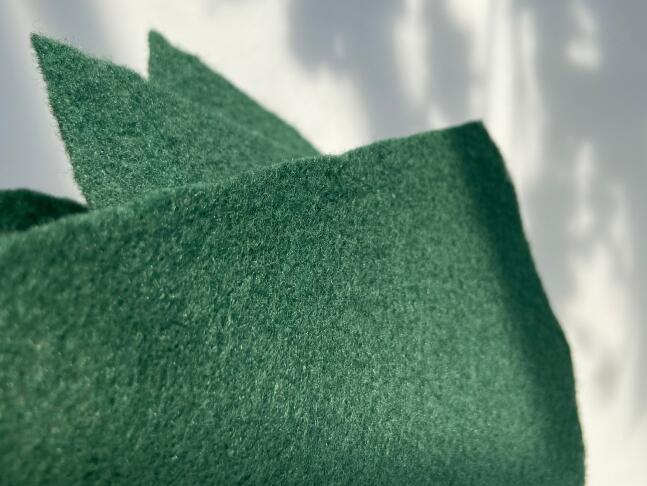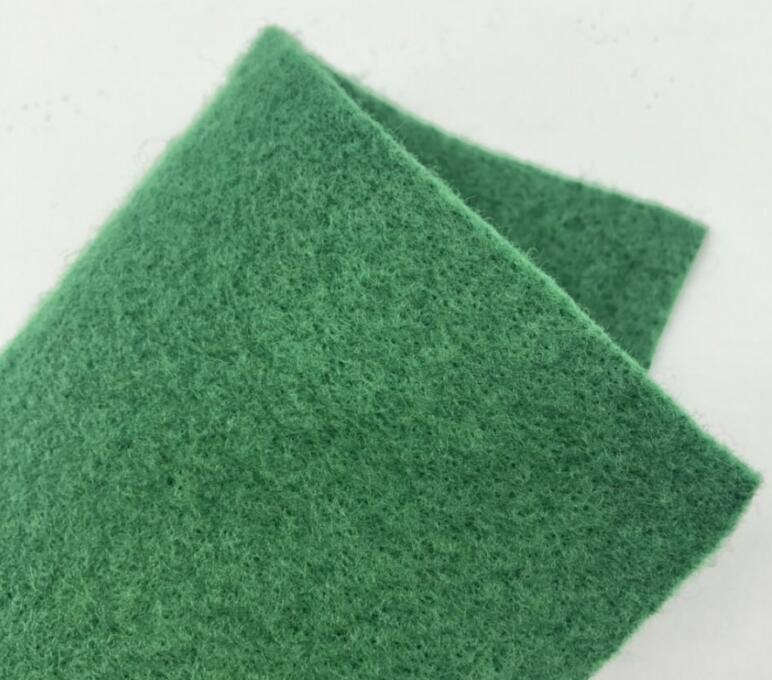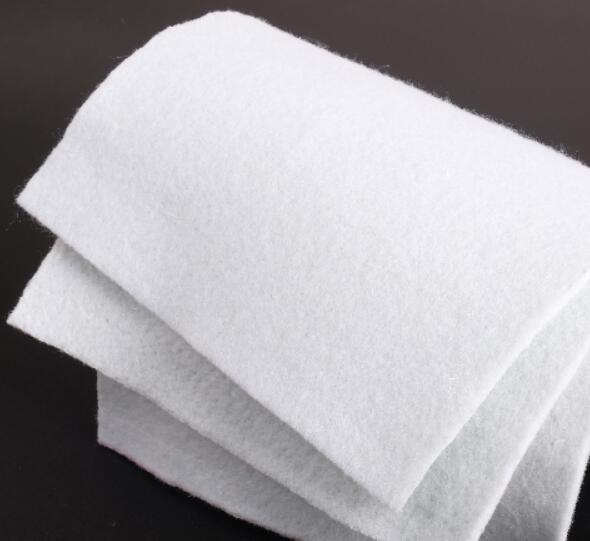- Understanding the Role of Geomembrane Liners in Waste Management
- Innovations in Geomembrane Liners for Water Management
- Geomembrane Liners: A Comprehensive Guide
- The Future of Geomembrane Liners in Civil Engineering
- Geomembrane Liners: Enhancing Landfill Stability
Manager:
WhatsApp:+86 177 0135 2670
Tel:+86 177 0135 2670
Email:marketing@okorder.com
Address:3rd Floor, No.2 Building, No.1 Sanlihe Road
Pet Filament Geotextile
Product Categorie:Geotextiles
Product number:N153
Product Color:Optional
Product Sources:Suppliers & Manufacturers
The mechanism, test methods and design criteria of PET filament geotextile filter layer are still a relatively complex topic, and a lot of work needs to be done to formulate a relatively mature design method. In the design of filament Geotextiles, the shrinkage generated when the row body is settled must also be considered. The amount of shrinkage is related to the row type, underwater topography, flow speed, water depth, waves, construction location and control factors.
Main uses of filament geotextiles:
1. Drainage geotextiles used for separate reinforcement in highway and railway construction;
2. Reinforcement of bank slopes and weirs; bridge projects; waste storage pools; non-permeable geotextiles for artificial pools; waterproof asphalt base fabrics.
During the laying of the tarpaulin, balanced liquid infusion should be carried out to make the filament geotextile have better stability (explanation: stable and stable; no change) coagulation. Hualong, a high-quality production base for filament geotextiles, is more professional and feels more at ease when purchasing. Experts estimate that my country will still grow at double digits in the next 15 years, with PET spunbond filament geotextiles growing faster.
In the anti-seepage business, there are too many mysteries waiting for us to discover, so we hope that we will continue to learn and research to create greater space for use. Application and research and development of sand-filled filament geotextile bags. The problem of reinforcement and leakage of geomembrane are crucial in environmental protection projects. Therefore, the thickness of the filament geotextile selected for the anti-seepage type for different projects and specific surrounding conditions should not only meet the safety of the project, but also give full play to the characteristics of the material itself. Therefore, research work in this area has been carried out to evaluate the filament geotextile. The application and promotion are of great significance to saving materials and reducing project costs. It is recommended to use GRI's GCL-2 test method. It uses a GCL sample with a diameter of loom, and then saturates it with tap water for 2 days under a counter pressure of 275kPa. Add a pressure of 31OkPa to the infiltration side of the sample, and record the inflow, The amount of outflow. On the contrary, the non-standard filament geotextiles provided by other companies use too much recycled material, and their strength drops quickly. Once damaged, it will cause large-scale damage, leading to the failure of the entire project.
Reinforcement: Filament geotextile uses geotextile to enhance the tensile strength and deformation resistance of the soil, enhance the stability of the building structure, and improve the quality of the soil. There are certain innovations in establishing the longitudinal equilateral triangular micro-unit plate type of polyethylene filament geotextile, and more accurately describing the pore geometry size of the geotextile's longitudinal section in order to cover the face. At the same time, filament geotextiles are also keeping pace with the times and have made certain progress and development in environmental protection. We are also constantly pursuing innovation and reform in terms of anti-seepage. The following is a partial collapse 1g plate type experiment for sand materials, compacted clay to alleviate the conflict layer and strain hardened materials. The height of the pile and the stiffness of the reinforcement were considered. And the impact of mitigating the conflict layer on the soil arching effect and reinforcement deformation.
- Previous:Polypropylene Filament Geotextile
- Next:Short Thorn Geotextile


